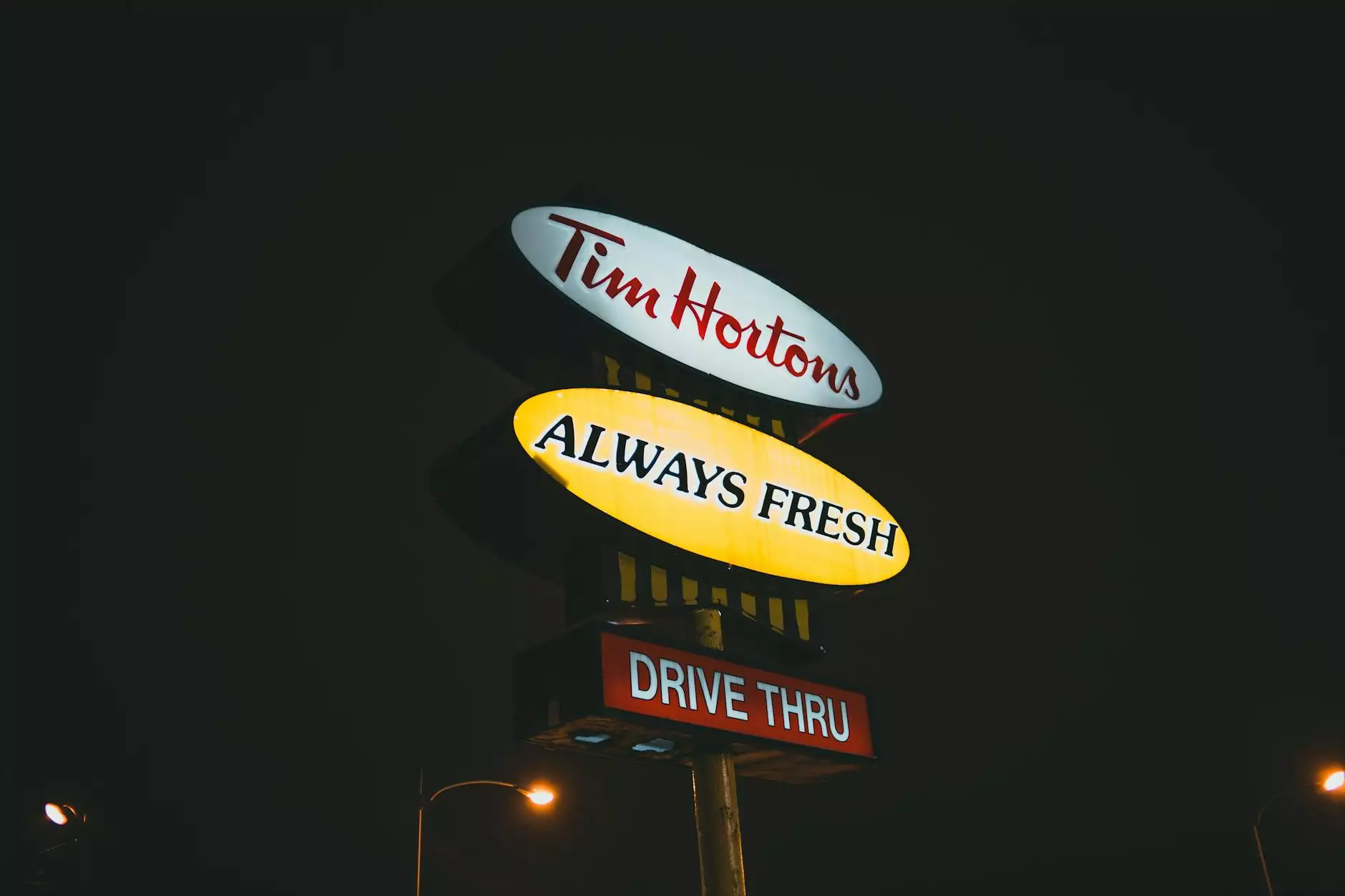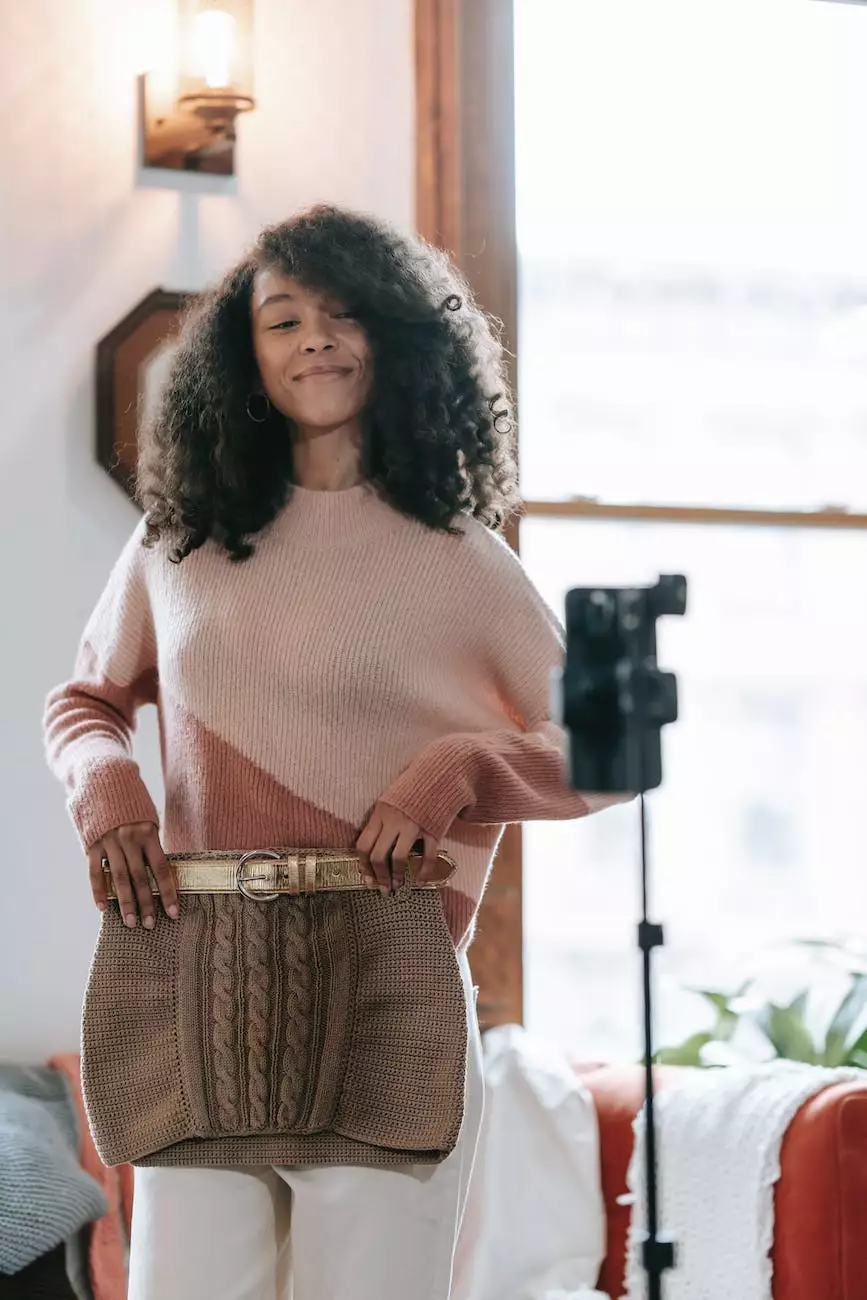Exploring the World of Color Theory in Marketing
Blog
Introduction
Welcome to TNECDA- Creative Design Agency's comprehensive guide on color theory in marketing. As a leading Arts & Entertainment - Visual Arts and Design agency, we understand the importance of harnessing the power of colors to create visually appealing and impactful designs that engage and inspire.
The Psychology of Colors
Colors have the ability to evoke emotions and influence decision-making processes. Understanding the psychology behind different colors is crucial for effective marketing. Here are some key examples:
1. Red: Power, Passion, and Urgency
Red is a bold and attention-grabbing color. It represents power, passion, and urgency. Brands often use red to create a sense of excitement and stimulate action. When used strategically, red can increase customer engagement and create a sense of urgency to make a purchase.
2. Blue: Trust, Stability, and Serenity
Blue is a calming color associated with trust, stability, and serenity. It is commonly used by financial institutions and technology companies to establish credibility and build trust with their audience. Blue can also create a sense of reliability and calmness, making it an effective choice for brands in these industries.
3. Yellow: Optimism, Warmth, and Happiness
Yellow is a cheerful and energetic color that conveys optimism, warmth, and happiness. It grabs attention and stimulates positive emotions. Brands often use yellow to evoke feelings of joy and excitement. However, it is important to use yellow sparingly as it can be overwhelming if overused.
4. Green: Growth, Health, and Harmony
Green symbolizes growth, health, and harmony. It is commonly associated with nature and sustainability. Brands in the health and wellness industry often use green to promote their products or services. Additionally, green can also represent wealth and money, making it a suitable choice for financial brands.
5. Purple: Luxury, Creativity, and Wisdom
Purple is a color often associated with luxury, creativity, and wisdom. It is frequently used by brands in the beauty and fashion industries to evoke a sense of elegance and sophistication. Purple can also stimulate creativity and inspire imagination, making it an excellent choice for brands targeting artistic and imaginative individuals.
Color Combinations and Branding
Creating a strong brand identity involves using color combinations that align with the brand's values and personality. Here are some popular color combinations and their meaning:
1. Red and White: Energy and Simplicity
The combination of red and white exudes energy and simplicity. It is commonly seen in fast-food chains due to its ability to stimulate appetite and create a sense of urgency. The contrast between red and white also ensures clear visibility and easy recognition of the brand.
2. Blue and Gray: Trustworthiness and Professionalism
Blue and gray create a sense of trustworthiness and professionalism. Many corporate brands utilize this combination to establish credibility and reliability. The combination represents stability and sophistication, making it an ideal choice for businesses operating in the finance and technology sectors.
3. Yellow and Orange: Fun and Vibrancy
The combination of yellow and orange brings forth fun and vibrancy. It is often employed by brands targeting a younger audience or those in the entertainment industry. The combination exudes enthusiasm and optimism while creating a playful and energetic brand image.
4. Green and Brown: Natural and Organic
Green and brown represent natural and organic elements. This combination is frequently employed by brands that promote sustainability, eco-friendly products, and outdoor activities. It conveys a sense of harmony with nature and appeals to individuals seeking environmentally conscious options.
5. Purple and Gold: Luxury and Royalty
Purple and gold evoke a feeling of luxury and royalty. This combination is often seen in high-end brands that want to convey elegance and exclusivity. It appeals to individuals who appreciate sophistication and associate quality with opulence.
Conclusion
Color theory is both an art and science, playing a pivotal role in marketing strategies. TNECDA- Creative Design Agency understands the impact of colors on consumer behavior and utilizes this knowledge to create visually captivating and influential designs. By incorporating the psychology of colors and using strategic color combinations, brands can establish strong emotional connections with their audience, differentiate themselves in the market, and ultimately drive business success.









